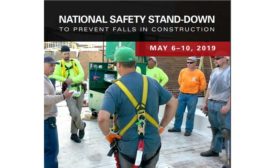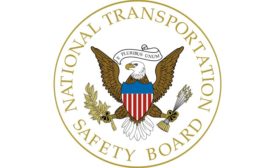News
Nebraska Congressman honored for OSH efforts
His leadership has a "bipartisan spirit"
March 6, 2019
Never miss the latest news and trends driving the safety industry
eNewsletter | Website | eMagazine
JOIN TODAYCopyright ©2024. All Rights Reserved BNP Media.
Design, CMS, Hosting & Web Development :: ePublishing










